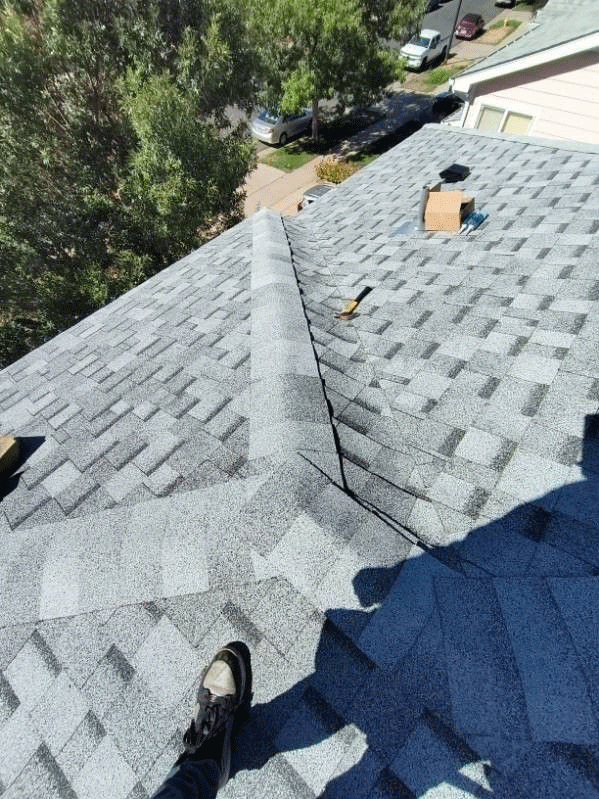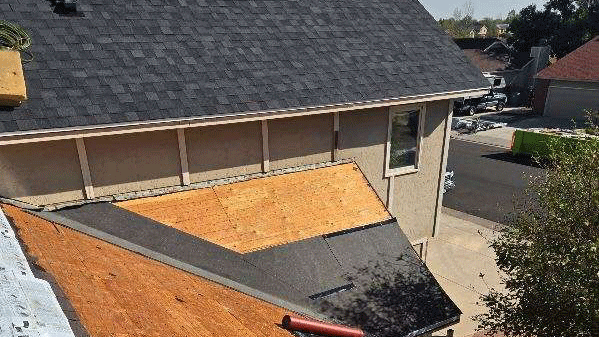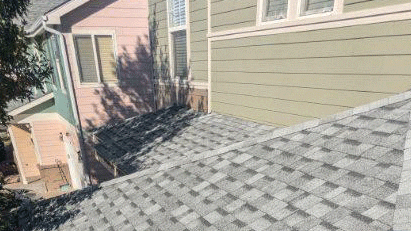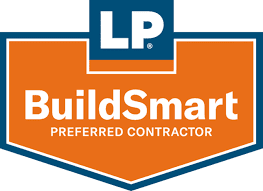The The Roof Installation Process Process
The steps to a stress-free roof replacement


What is Involved in a Roof Installation or a Roof Replacement?
Replacing your roof is a significant home improvement process. If you are to the point that the roof installation has begun, you are likely through a lot of the process and well on your way to a beautiful and secure new roof!
By this point, you have already had the condition and needs of your old roofing system evaluated by a professional roofing company. You have already decided on your new roofing materials and received and agreed upon a roof repair estimate with your local roofing contractor.
Your licensed and insured roofing contractor has obtained the necessary permits, and your new roofing materials have been delivered. It’s time to begin your roof replacement!
What should you expect on that day? What are the things you should be aware of when replacing your roof?
Six key steps to a successful Roof Replacement
Hire a Professional
Do A thorough inspection
Choose the right materials
understand your estimate
Installation importance
Routine Maintenance
Did You Know?
A roofing contractor will install a layer of protective underlayment over the entire roof deck before installing the final roofing materials. The underlayment provides an additional layer of protection against water infiltration, wind-driven rain, and other potential sources of moisture that could cause damage the roof deck and underlying structure. This underlayment is typically made of synthetic materials, such as polypropylene or polyester, which are lightweight, durable, and resistant to tears and punctures. The underlayment is an essential component of the roof system and can significantly extend the roof’s life by preventing water damage and improving overall performance.
The roof replacement process:

Roof Delivery
After your roof inspection and estimate are completed and a contract has been signed, your shingles and other roofing materials will be delivered.

Remove Old roof
The next step is to remove the existing roofing materials. The job should be kept clean and safe throughout this process with a dumpster for debris.

Repair Structure
Before your new roof can be installed, any underlying structural issues must be addressed, including spaced decking and rot.

Underlayment
Once the decking is prepared, a layer of underlayment and flashings around roof penetrations are installed to provide a waterproof barrier.

Installation
Once the underlayment and flashing are in place, the new roofing materials will be installed. This can be asphalt shingles, metal panels, or another material.

Final inspection
After your roof has been installed, the roofing contractor should perform an inspection to ensure it meets industry standards and all debris has been removed.
What Should I Expect During the Roof Replacement Process?
A roof replacement can be a significant home improvement project that may cause some minor inconvenience to homeowners. Here are some things you should expect on your installation day:
- Noise: Roofing is usually a loud process. The removal of the old system and the installation of your new roofing system will generate enough noise that it could be disruptive to your daily routine. Planning can reduce disruptions due to the installation noise.
- Debris: Removing the old roof and installing the new one will generate a lot of debris. This debris may include shingles, nails, and other materials that could be hazardous to walk on or drive over.
- Access to your home: The roofing contractor may need to use your driveway or yard to access the roof. This can make it difficult to park your car and use your outdoor space.
- Temporary loss of utilities: In some cases, the roofing contractor may need to connect your utilities temporarily to ensure safety during the roof replacement process.
- Dust & dirt: The roof replacement process can cause dust and dirt to get inside your home. It is a good idea to cover furniture and belongings during the process.
Your roofing company must communicate timelines to allow for proper planning before roof installation.


Not Quite Ready For Installation? Need Emergency Services?
Roof Inspections
When you replace your roof with Custom Exteriors, you will receive two inspections once the work is complete.
The first inspection will be from your local jurisdiction. This inspection will be performed by an inspector for the jurisdiction. They will ensure the work is completed according to plans, meets the required standards, and complies with local regulations and roofing codes.
Custom Exteriors will perform the second inspection. It is our practice to inspect completed roofs for internal quality control. We take this time to ensure the roof is installed to our strict guidelines and that there is appropriate ventilation, flashing details, and other factors that contribute to the durability and performance of the roof. Additionally, we will document your property’s “after” pictures, confirming all repairs are complete.
Both roof inspections are essential to ensure compliance with building codes, permit requirements, quality control, and the safety of the property occupants and anyone who may need to be on the roof surface.
Weather Delays
While Custom Exteriors values its position as a premier roofing contractor along the Front Range and Cheyenne, WY, your roofing installation must be postponed if your area predicts moisture or severe weather. We take safety and quality of work seriously. As such, we will not compromise when it comes to protecting our crews, the watertight barrier on your roof’s home, or the compromise of the adhesion of roofing materials due to water.
It is best to depend on a professional roofing contractor to assess the weather conditions and provide guidance on the optimal time for roof replacement or repairs. Custom Exteriors holds high regard for safety, the quality of work we provide, and any warranty considerations due to installation in adverse weather.
Contact Us Today
We Service and Support the Following Brands





















Contact
Custom Exteriors, LLC
2881 S. 31st Ave, Greeley, CO 80631
109 E. 17th St. Ste 5822, Cheyenne, WY 82001
102 S. Tejon St. Ste 1100, Colorado Springs, CO 80903
404 Broadway, Eagle CO 81631
Phone: 970-460-8714
Toll Free: 800-580-0131
Quick Links
© 2022 Custom Exteriors, LLC

